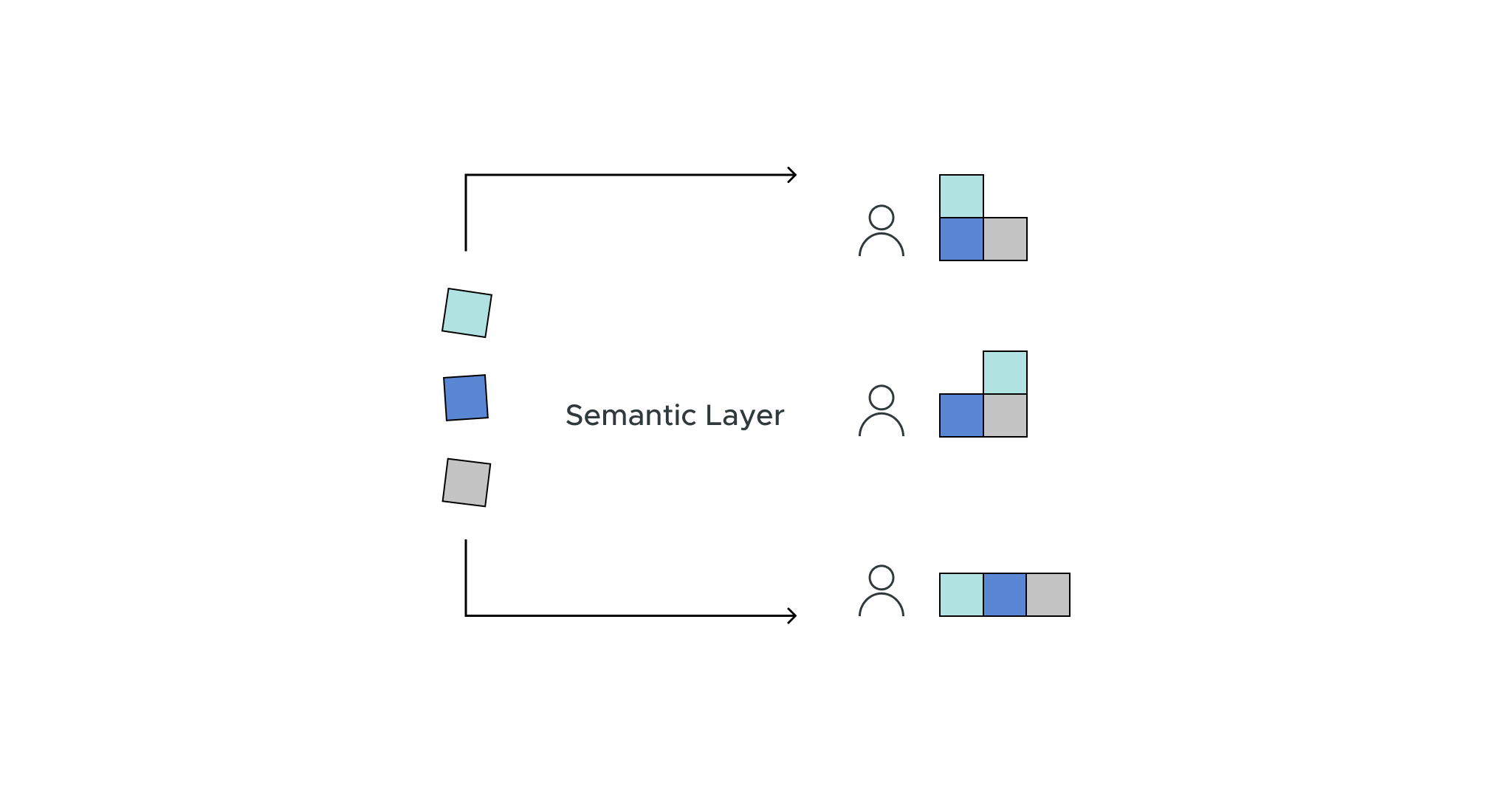April 13, 2023
Actionable Data Insights for Improved Business Results
This post is the second in a three-part series by Jordan Morrow (read the first post here) Jordan is known as the “Godfather of Data Literacy”, having helped pioneer the field by building one of the world’s first data literacy programs and driving thought leadership. He is also the founder and CEO of Bodhi Data. Jordan is a global trailblazer in the world of data literacy and enjoys his time traveling the world speaking and/or helping companies. He served as the Chair of the Advisory Board for The Data Literacy Project, has spoken at numerous conferences around the world, and is an active voice in the data and analytics community. He has also helped companies and organizations around the world, including the United Nations, build and understand data literacy.
When not found within his work of Data, Jordan is married with 5 kids. Jordan loves fitness and the mountains, entering and racing in multiple ultra-marathons, and loves to travel with his wife and family. Jordan loves to read, often reading (or using Audible) to go through multiple books at a time. Jordan is the author of three books: Be Data Literate, Be Data Driven, and Be Data Analytical.
***
In today’s data and AI-centric world, organizations are trying to leverage vast amounts of data to drive decision-making and help their business strategies succeed. There is a problem with this, though. Organizations acquire vast amounts of data that doesn’t always come in the same shape or size. This presents a problem to organizations as they work to be data-driven. Is there a solution that organizations can utilize to help harness the power of data while making it easy for end-users? The answer lies in the semantic layer—a powerful tool that bridges the gap between raw, technical data and the end-users who need to interpret it.
In this second blog post, we will jump into how the semantic layer is a key player in empowering an organization to be data-driven. So, let’s jump in to see how:
- The Semantic Layer Makes Data User-Friendly
For many, database terminologies and structures can be daunting. How many of us went to school to be a data architect or engineer? The semantic layer simplifies the complexity by breaking down database terminology into terms that are easily comprehended. This simplification ensures that even non-technical users can understand and interact with the data, thereby democratizing data access across the organization. When done in parallel to a data literacy program, an organization can hope to see more data-driven decisions. - The Semantic Layer helps Maintain Consistency
With multiple departments and teams accessing and interpreting data, inconsistencies are bound to arise, especially as they start to do analytical work and want to define things their way. However, the semantic layer enforces a uniform definition of metrics, calculations, and terminologies. By centralizing these definitions, it ensures that whether it’s the marketing team or the finance team, everyone is using the same data. - The Semantic Layer helps Boost Security
In a data-driven organization, data security is important. The semantic layer can help enforce data security and governance. By defining access permissions at the semantic level, organizations can ensure that users only access data they’re authorized to see, thus safeguarding sensitive information. - The Semantic Layer helps Enhance Flexibility and Scalability
Data-driven organizations are dynamic. They use data to help drive innovation and creativity. As they grow and evolve, so do their data sources and structures. With a semantic layer in place, changes in the underlying database—like moving to a new system or restructuring tables—won’t disrupt the end user’s experience. Adjustments can be made in the semantic layer, ensuring that the organization remains agile and adaptable to change. - The Semantic Layer helps Facilitate Better Decision Making
The semantic layer enables a broader range of employees to participate in data-driven decision-making. With data literacy programs in place, individuals are learning how to utilize data to make decisions. With a strong semantic layer in place, end-users can be more confident in the data they are using. Instead of relying solely on data professionals, everyone can extract insights and utilize data to help drive their decisions. - The Semantic Layer helps Optimize Performance
The semantic layer isn’t just a translation tool; it can also empower optimized queries. By ensuring that data queries are efficient and that users aren’t waiting endlessly for results, the semantic layer enhances overall productivity and user experience.
In the race to become truly data-driven, organizations must recognize and harness the power of tools that make data more accessible and actionable. Organizations cannot just invest in a backend tool and think all problems are solved. The semantic layer stands out as an empowering tool to help the entire organization utilize data. By simplifying technical data, ensuring consistency, bolstering security, and enhancing flexibility, the semantic layer is a hero in the quest for data-driven excellence. As organizations continue to evolve in their data journey and look to use more powerful tools like AI, the role of the semantic layer will only become more pivotal.
To continue reading this series, you can find the third and final post here: The Semantic Layer and Data Literacy: A Powerful Relationship.
The Practical Guide to Using a Semantic Layer for Data & Analytics